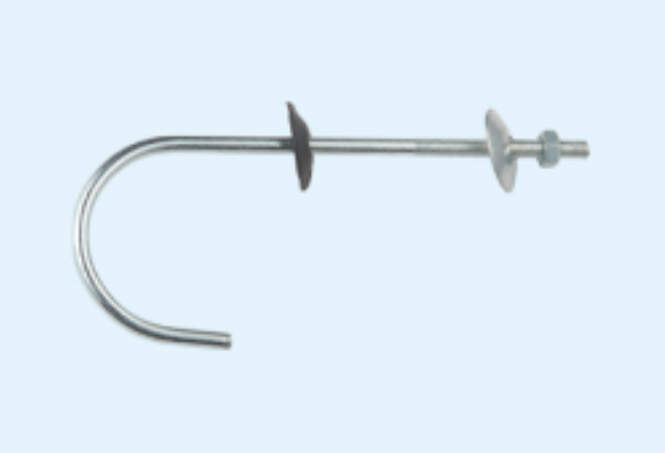3 Types of Roofing Bolts
October 26,2022
Like any fixing, different types are more suited for different applications. The type can depend on the weight of the application, the location and also the budget.

HDG Roofing Bolts
HDG stands for Hot Dipped Galvanised. Hot-dip galvanizing is a process developed to prevent steel from corroding.
Galvanized fixings have an easy-to-clean surface so remain maintenance-free for longer (depending on the environment it is being used in). Galvanised fixings should be kept away from very high temperatures (over 200ºC) as there are concerns with operating above this high-temperature limit. Doing so may lead to peeling, adjustments in mechanical properties, corrosion protection reduction.
This makes these bolts diverse for different applications—especially those that are harder to get to as maintenance isn’t required regularly. It also means they can be used where rusting or corrosion would be a problem.
Stainless Steel Roofing Bolts
Many of the perks of stainless steel bolts are because of the attributes s/s possesses.
Stainless steel is a corrosion-resistant material which means it has an excellent life cycle and won’t wear in an environment with poor weather or salt content in the air. This means that structures fitted with stainless steel fixings are maintenance-free and won’t cost on bolt repairs frequently in the long-term.
Stainless steel is also a green product. It is 100% recyclable, as it is not coated with any toxic material it does not produce toxic run-off. Should you need to replace the bolts or get rid of them, they can be used again in the future.
Stainless steel is also resistant to high heat andcold temperatures. This means that this type of roofing bolt can be installed almost anywhere corrosion or temperature fluctuation could occur.
Tray Roofing Bolts
Tray roofing bolts are fast fixing. Their flange nut and flathead (pozi screwdriver compatible) means that labour time is saved because it just requires a few turns of the wrist rather than a fiddly tightening process.
Conclusion
For more information about Roofing Bolts, we are glad to answer for you. We are sure that we will be your best choice.